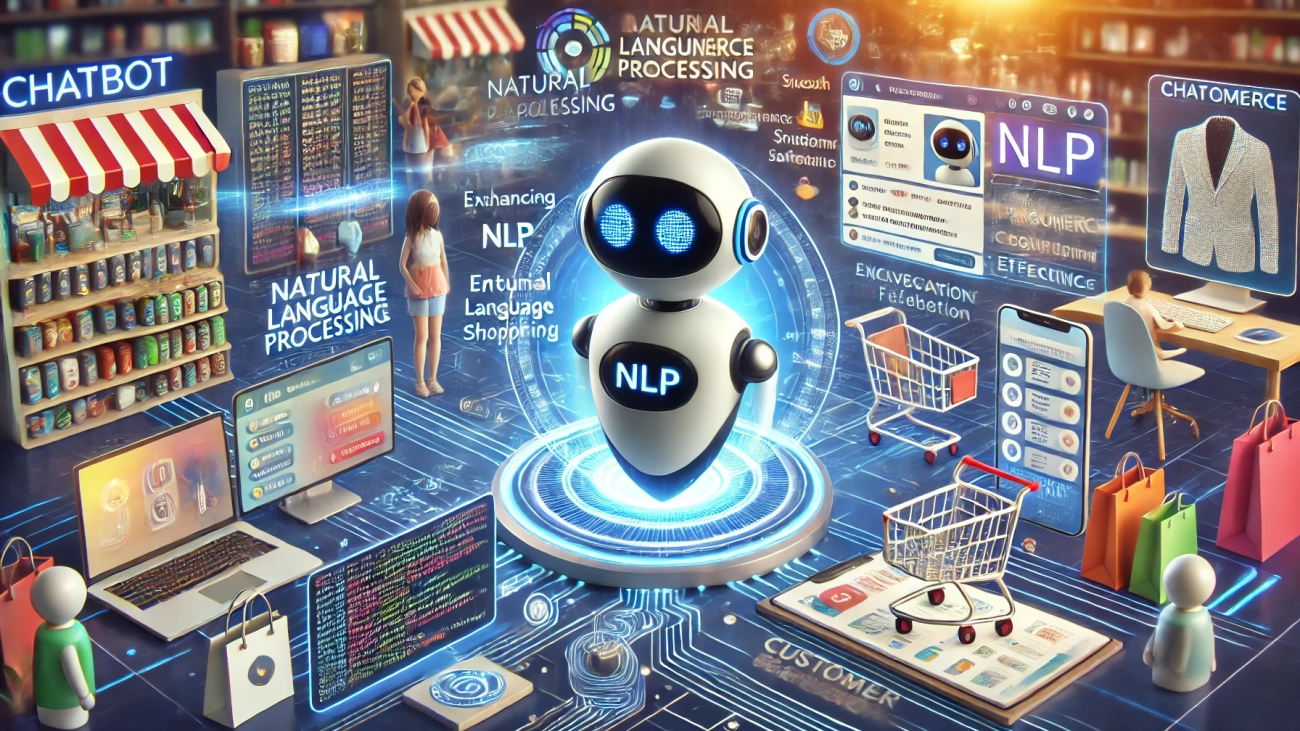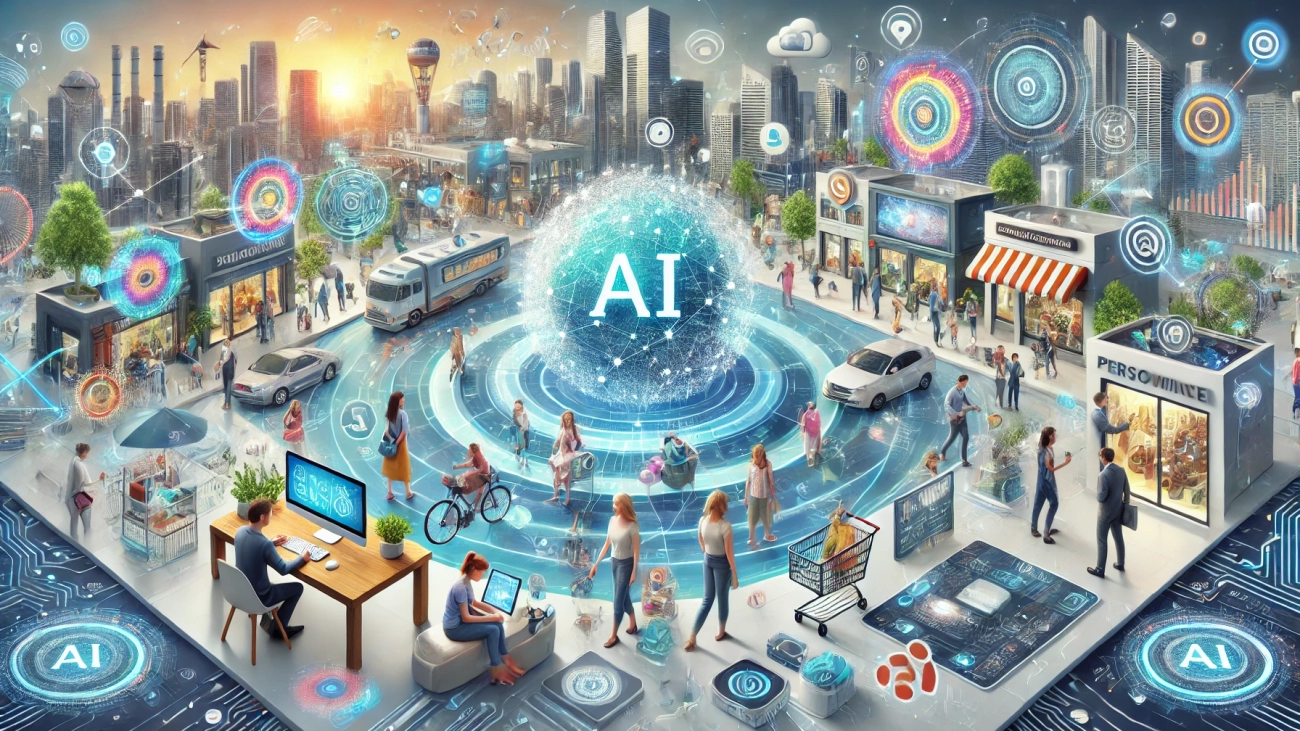AI plays a transformative role in streamlining compliance processes within financial institutions, addressing the complexities and challenges posed by regulatory requirements. Here’s a detailed exploration of how AI enhances compliance operations:
Key Roles of AI in Streamlining Compliance Processes
1. Automated Monitoring and Reporting
AI systems can continuously monitor transactions and operations to ensure compliance with relevant regulations. By automating the generation of reports and documentation required by regulatory bodies, AI significantly reduces the manual effort involved in compliance reporting. This automation not only saves time but also minimizes human errors, which can lead to compliance violations.[1][5]
2. Enhanced Risk Assessment
AI technologies, particularly those utilizing machine learning and natural language processing (NLP), can analyze vast amounts of data to identify potential compliance risks that traditional methods might overlook. For example, AI can detect unusual patterns in transaction data that may indicate fraudulent activity or regulatory breaches, allowing institutions to take preemptive actions to mitigate risks.[1][5]
3. Regulatory Change Management
The financial services industry is characterized by frequent regulatory changes. AI systems can be trained to track and analyze changes in legislation and compliance requirements, helping organizations adjust their compliance strategies in real-time. This capability ensures that financial institutions remain compliant with evolving regulations without extensive manual intervention.[1][5]
4. Fraud Detection and Prevention
AI enhances the ability of financial institutions to detect and prevent fraud, a critical aspect of regulatory compliance. By integrating AI into compliance systems, institutions can analyze both structured and unstructured data to establish patterns and detect deviations from expected behavior. This proactive approach to fraud detection helps mitigate financial losses and regulatory penalties.[1][5]
5. Improved Data Management
Compliance processes require handling large volumes of data while ensuring its accuracy and integrity. AI can help organize, manage, and safeguard this crucial information, making it easier for compliance teams to access and interpret data. Enhanced data management capabilities lead to better decision-making and compliance outcomes.[5]
6. Natural Language Processing for Regulatory Text Analysis
NLP technologies enable AI to process and analyze regulatory texts, identifying relevant compliance requirements and changes. This capability allows institutions to streamline their compliance efforts by automating the extraction of key information from complex regulatory documents, reducing the time spent on manual reviews.[1][4]
7. Customer Interaction and Support
AI-driven chatbots and virtual assistants can provide instant compliance support to customers, enhancing their experience while ensuring that compliance inquiries are addressed efficiently. These tools can assist with Know Your Customer (KYC) processes and provide quick responses to compliance-related questions, improving overall customer service.[1][4]
8. Scalability and Efficiency
AI solutions offer scalability, allowing financial institutions to handle increasing compliance demands without a proportional increase in resources. By automating repetitive tasks and optimizing workflows, AI enhances operational efficiency, enabling compliance teams to focus on more strategic initiatives.[1][2]
Conclusion
The integration of AI into compliance processes within financial institutions offers numerous benefits, including improved accuracy, efficiency, and real-time monitoring capabilities. By automating routine tasks, enhancing risk assessment, and streamlining regulatory change management, AI not only helps institutions meet compliance requirements but also positions them to adapt swiftly to the evolving regulatory landscape. As financial institutions continue to embrace AI technologies, the potential for enhanced compliance processes will only grow, leading to more robust risk management and operational effectiveness.
References:
- https://www.leewayhertz.com/ai-in-financial-compliance/
- https://bankingjournal.aba.com/2024/03/ai-compliance-and-regulation-what-financial-institutions-need-to-know/
- https://hitachids.com/insight/ai-powered-grc-in-banking-and-financial-services/
- https://www.expert.ai/solutions/banking-compliance-and-customer-service-ai/
- https://biztechmagazine.com/article/2024/07/can-ai-help-banks-navigate-regulatory-compliance
- https://internationalbanker.com/technology/generative-ai-and-financial-services-compliance/
- https://www.mckinsey.com/capabilities/risk-and-resilience/our-insights/how-generative-ai-can-help-banks-manage-risk-and-compliance
- https://www.studiolabs.com/ai-in-marketing-the-future-of-personalized-customer-experiences/









